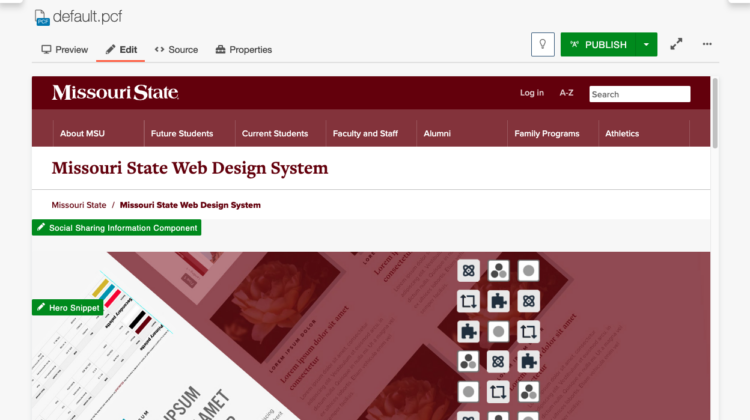Missouri State University is hiring a digital marketing coordinator.
The digital marketing coordinator manages the planning, execution and measurement of university digital marketing campaigns. This person will manage projects from inception to completion and develop strategies that will help meet university marketing goals.
The digital marketing team is part of the strategic communication office and will work with members of the marketing and communications team to plan and implement content strategy and digital campaigns.
The strategic communication office manages public relations, media relations, social media, crisis communication and digital marketing for the university.
Benefits
Work-life balance is a priority for Missouri State University and the office of strategic communication.
The university offers very generous paid leave including vacation, sick leave, personal days and holidays.
Benefits include:
- Four weeks of vacation annually.
- 12 days of sick leave annually.
- Generous staff holidays.
- Health and dental insurance.
- Retirement through the Missouri State Employees’ Retirement System.
- Credit and noncredit fee waivers.
Inquiries can be sent to AndreaMostyn@MissouriState.edu.




